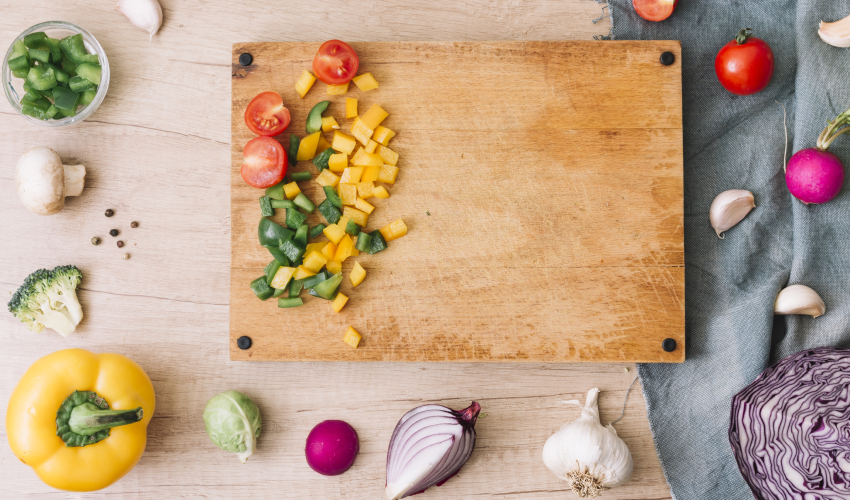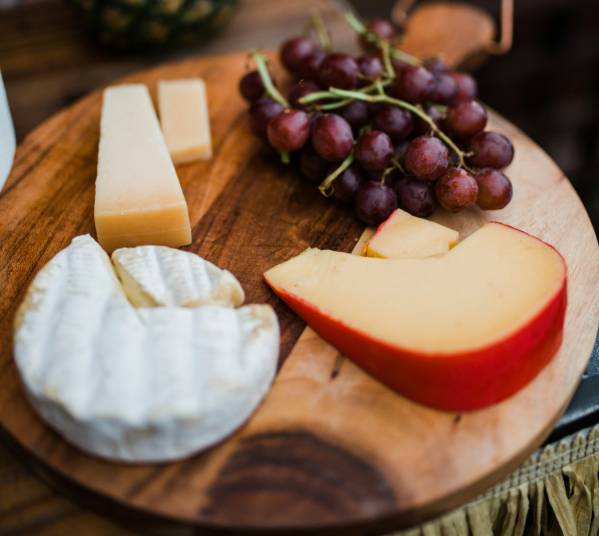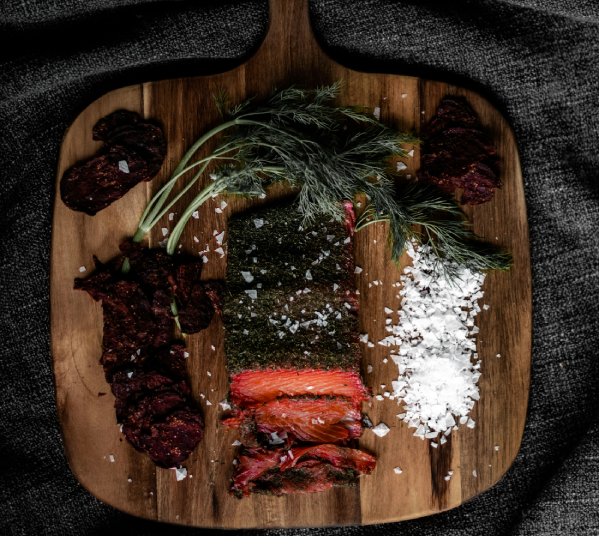
Teak wood cutting boards are an excellent choice for those who appreciate both functionality and aesthetics in the kitchen. Known for their durability and rich, golden-brown appearance, teak wood is a natural option for vegetable, cheese and meat cutting boards. When it comes to food preparation, teak cutting boards offer several key benefits which include a combination of knife protection, resistance to moisture, and long-lasting durability. These qualities make them a standout choice for vegetable, cheese and meat preparation, and other culinary tasks, providing both beauty and practicality in the kitchen.
Teak cutting boards are more durable, moisture-resistant, and easier to maintain than pine and maple. They also offer a luxurious look and superior longevity.

Vegetable cutting and serving boards are key kitchen tools designed specifically for preparing and presenting fresh vegetables. Wooden boards provide a stable, durable surface for chopping, slicing, and dicing vegetables with precision.
Wooden boards, especially those made from teak or maple, are favoured for their ability to be gentle on knives while offering a natural, aesthetic appeal. Our teak boards are dishwasher-safe, and available in different sizes and textures.
Vegetable serving boards, often larger and designed with compartments or grooves, allow for a beautiful and organized presentation of sliced veggies, perfect for salads, crudité platters, or side dishes. These boards not only make the preparation process easier but also elevate the visual appeal when serving dishes, providing both functionality and style in the kitchen.
Whether for cutting or serving, vegetable boards combine practicality with an elegant touch, making them essential in any kitchen for both daily meal prep and special occasions.
Meat cutting and serving boards are versatile kitchen tools designed for both the preparation and presentation of meat dishes. These boards offer a durable surface for slicing, dicing, and serving meat cuts, ensuring that the integrity of knives and the board itself is maintained.
When it comes to cutting meat, boards made from wood are often preferred for their ability to absorb knife marks, preventing dulling of blades. Wood boards, especially hardwoods like teak, maple or walnut, are not only functional but also add a rustic charm to any kitchen.
Serving boards, on the other hand, are crafted to showcase a variety of meats, from charcuterie spreads to roast cuts. These boards are often larger and may include features like grooves to catch juices or compartments for sauces and condiments. They elevate the dining experience, adding a touch of elegance while keeping the meat organized for guests to enjoy.
In both cutting and serving, quality meat boards offer an essential balance of functionality and style, making them a staple in both home kitchens and professional culinary settings.


Cheese cutting and serving boards are specially designed tools for preparing and presenting a variety of cheeses. Typically crafted from materials like wood, bamboo, or slate, these boards offer an ideal surface for slicing, cutting, and serving cheese while preserving its texture and flavour.
Wooden boards, especially those made from durable hardwoods like teak, maple or acacia, are popular for their natural aesthetics and ability to handle various knife cuts without dulling blades. Wooden boards are aesthetically pleasing, while slate boards offer a sleek, modern look and are often used for their ability to contrast beautifully with the colours of different cheeses.
Cheese serving boards often come with grooves for catching liquids and crumbs, while some include built-in knife holders or compartments for accompaniments like crackers, fruits, or jams. Designed to highlight the cheese selection, these boards elevate the presentation, making them perfect for entertaining guests or enjoying a casual cheese platter at home.
Whether for cutting or serving, cheese boards offer both function and style, turning any cheese experience into a delightful, visually appealing occasion.
Wooden serving boards are versatile and timeless kitchen essentials that add a rustic charm to any dining experience. Made from durable hardwoods like teak, maple, walnut, or acacia, these boards are perfect for presenting a wide range of foods, from charcuterie and cheeses to bread, fruits, and hors d'oeuvres.
Not only are wooden boards highly functional, offering a sturdy surface for cutting and serving, but they also enhance the aesthetic of your table setting. The natural grain and texture of wood create a warm, inviting look, making them ideal for both casual gatherings and elegant dinner parties. Some wooden boards even feature grooves to catch juices or crumbs, making them both practical and visually appealing.
Easy to maintain with regular oiling, wooden serving boards can last for years, aging beautifully over time. Whether used for serving or as a centrepiece, they offer both practicality and style, making them an essential addition to any kitchen or dining table.

Teak wood is particularly gentle on knife edges, making it an ideal surface for cutting vegetables and other food items. The wood's slightly porous structure provides a forgiving surface that prevents dulling or damaging your knife blades. Unlike harder materials such as glass or stone, which can quickly cause knives to lose their sharpness, teak’s fibres are soft enough to protect your blades while still offering a solid cutting surface. This makes teak boards a great investment for anyone looking to preserve the longevity of their knives.
Teak is naturally resistant to moisture, which is one of the main causes of cracks and pores in cutting boards. The high oil content found in teak wood helps to prevent water absorption, keeping the surface smooth and free from unwanted cracks. This resistance to moisture also helps reduce the risk of bacteria growth, making teak boards more hygienic than many other types of wood. Even with regular exposure to liquids and food juices, teak cutting boards maintain their integrity over time, ensuring a clean, reliable cutting surface.
Teak wood is renowned for its exceptional durability, which is why it has been used for centuries in outdoor furniture and boat decking. When used in cutting boards, it is no different. Teak is highly resistant to wear and tear, which means that a well-maintained teak cutting board can last for many years. The natural oils in the wood help protect it from drying out and cracking, which contributes to its long lifespan. With proper care—such as regular oiling and cleaning—a teak cutting board can easily remain in excellent condition for decades, making it a valuable kitchen tool that stands the test of time.
Teak wood cutting boards offer several advantages when compared to maple, pine, and bamboo boards. Here’s a breakdown of the key benefits: